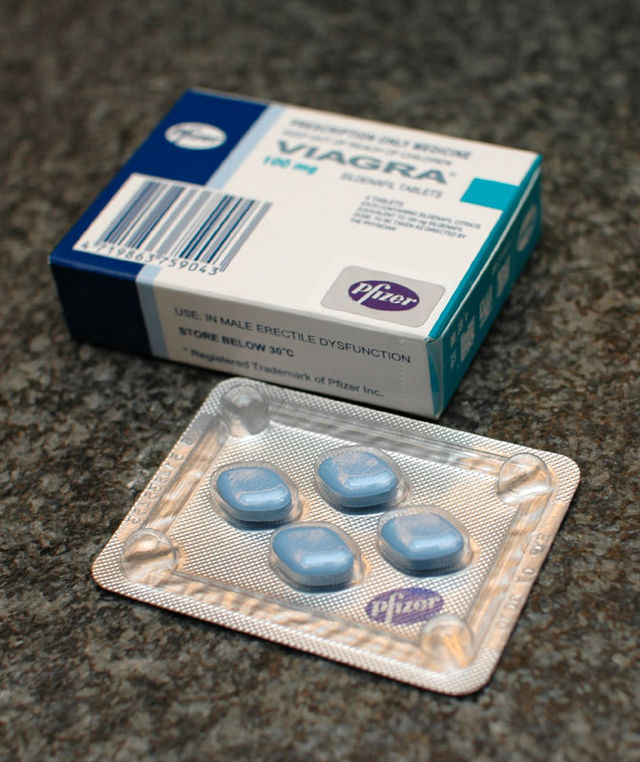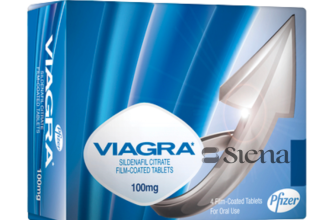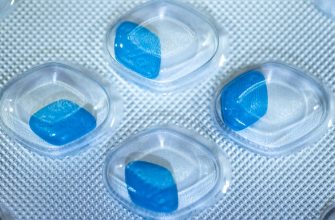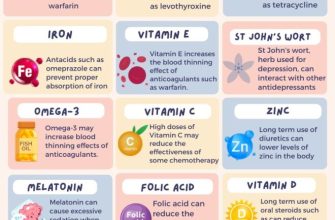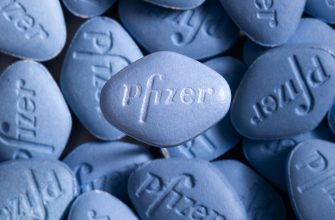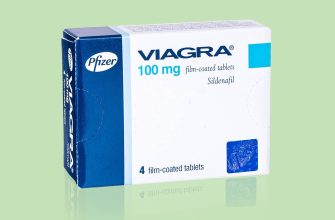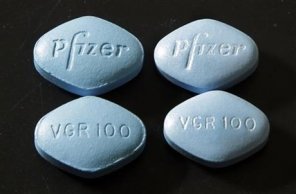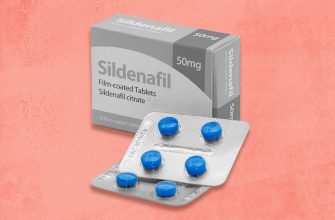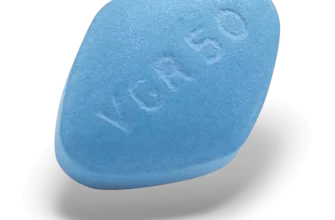Need the Viagra release date? The FDA approved Viagra (sildenafil citrate) on March 27, 1998. This marked a significant moment in the treatment of erectile dysfunction.
Following approval, Pfizer launched Viagra to the public shortly after. The drug quickly gained popularity and became a household name, dramatically changing the conversation around men’s sexual health. This widespread availability impacted numerous aspects of medicine and social perceptions.
Remember that this date refers to FDA approval in the United States. Release dates in other countries may vary. Always consult a healthcare professional for personalized advice regarding erectile dysfunction and medication options.
Viagra’s Initial FDA Approval and Release: A Timeline
Pfizer submitted its New Drug Application (NDA) for Viagra to the Food and Drug Administration (FDA) in 1997. The FDA extensively reviewed the application, assessing its efficacy and safety.
March 27, 1998: The FDA granted approval for Viagra (sildenafil citrate) to treat erectile dysfunction in adult men. This marked a significant advancement in the treatment of this prevalent condition.
April 1998: Viagra officially launched in the United States. The drug quickly gained popularity due to its effectiveness and widespread marketing. This launch represented a major turning point for the pharmaceutical industry.
The FDA approval and subsequent release of Viagra spurred significant research into other treatments for erectile dysfunction and other related conditions. The drug’s rapid success influenced subsequent pharmaceutical developments.
Key takeaway: Viagra’s path to market involved rigorous FDA review followed by rapid public adoption. This timeline underscores the process involved in bringing a groundbreaking drug to patients.
Viagra’s Impact and Subsequent Release of Generic Versions
Viagra’s introduction in 1998 dramatically altered the treatment of erectile dysfunction. This success spurred intense competition, leading to the approval of generic versions.
The original patent expiration in 2012 paved the way for generic sildenafil citrate, Viagra’s active ingredient, hitting the market. This immediately increased accessibility and affordability, expanding treatment options for millions.
Generic competition significantly reduced Viagra’s market share. Prices dropped considerably, making treatment significantly more affordable for patients. This increased access improved the quality of life for many men globally.
The availability of generic alternatives also prompted further research and development within the pharmaceutical sector. Companies explored new avenues, focusing on improving efficacy and minimizing side effects.
Several other drugs for erectile dysfunction now exist, offering various options tailored to individual needs and preferences. This broadened the range of treatment choices, allowing for personalized healthcare solutions.
The impact of generic Viagra is undeniable: increased access, lower costs, and continued pharmaceutical innovation. It’s a compelling case study of how market forces drive both competition and accessibility within healthcare.

